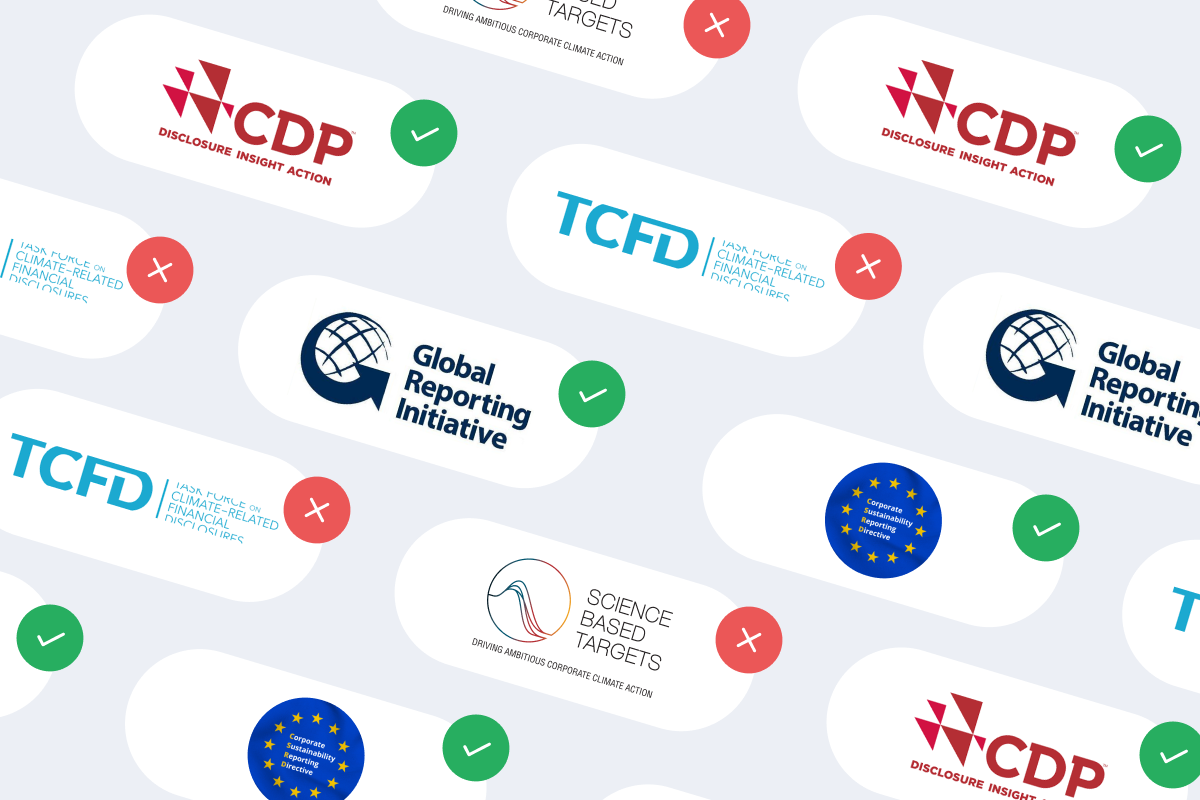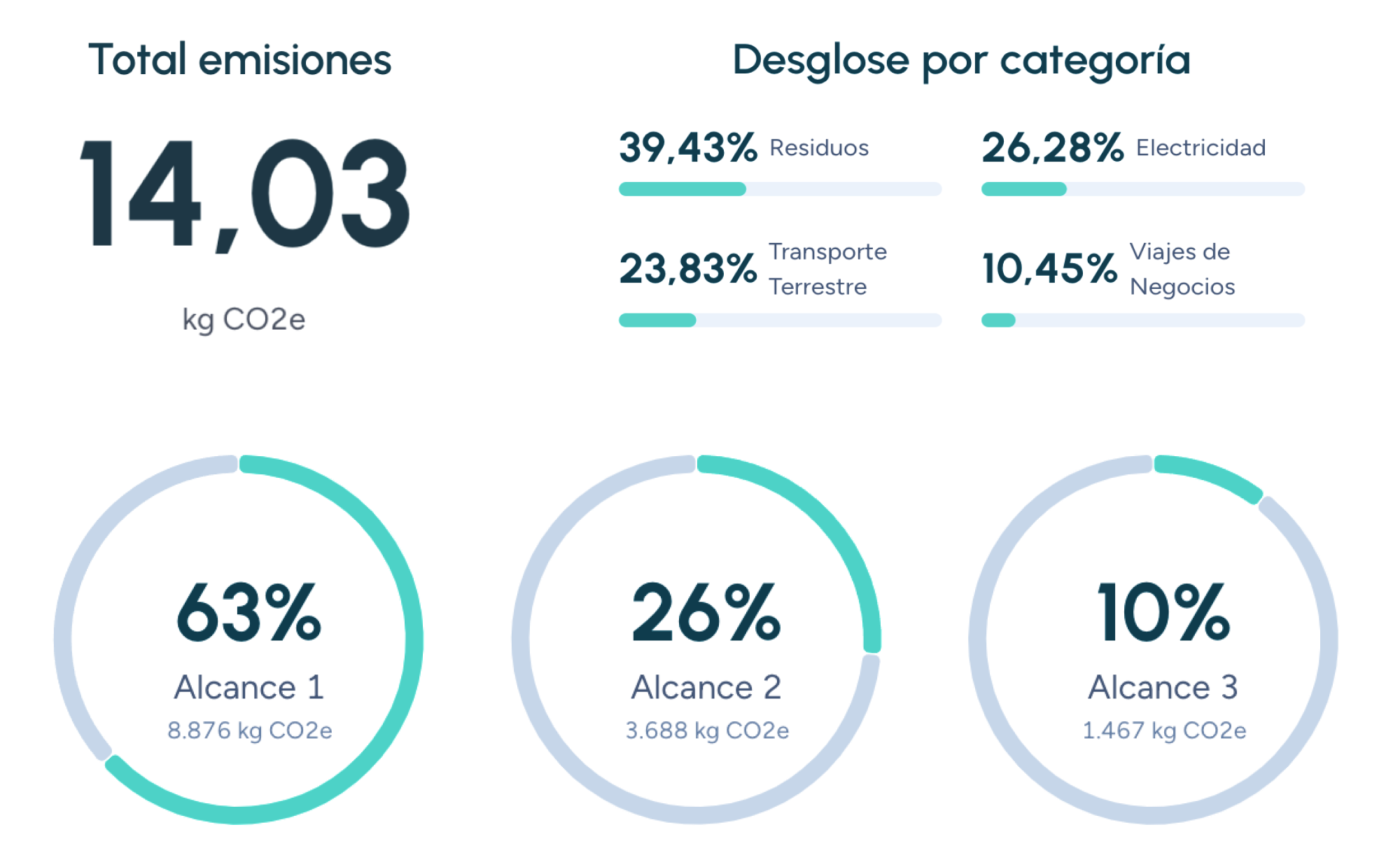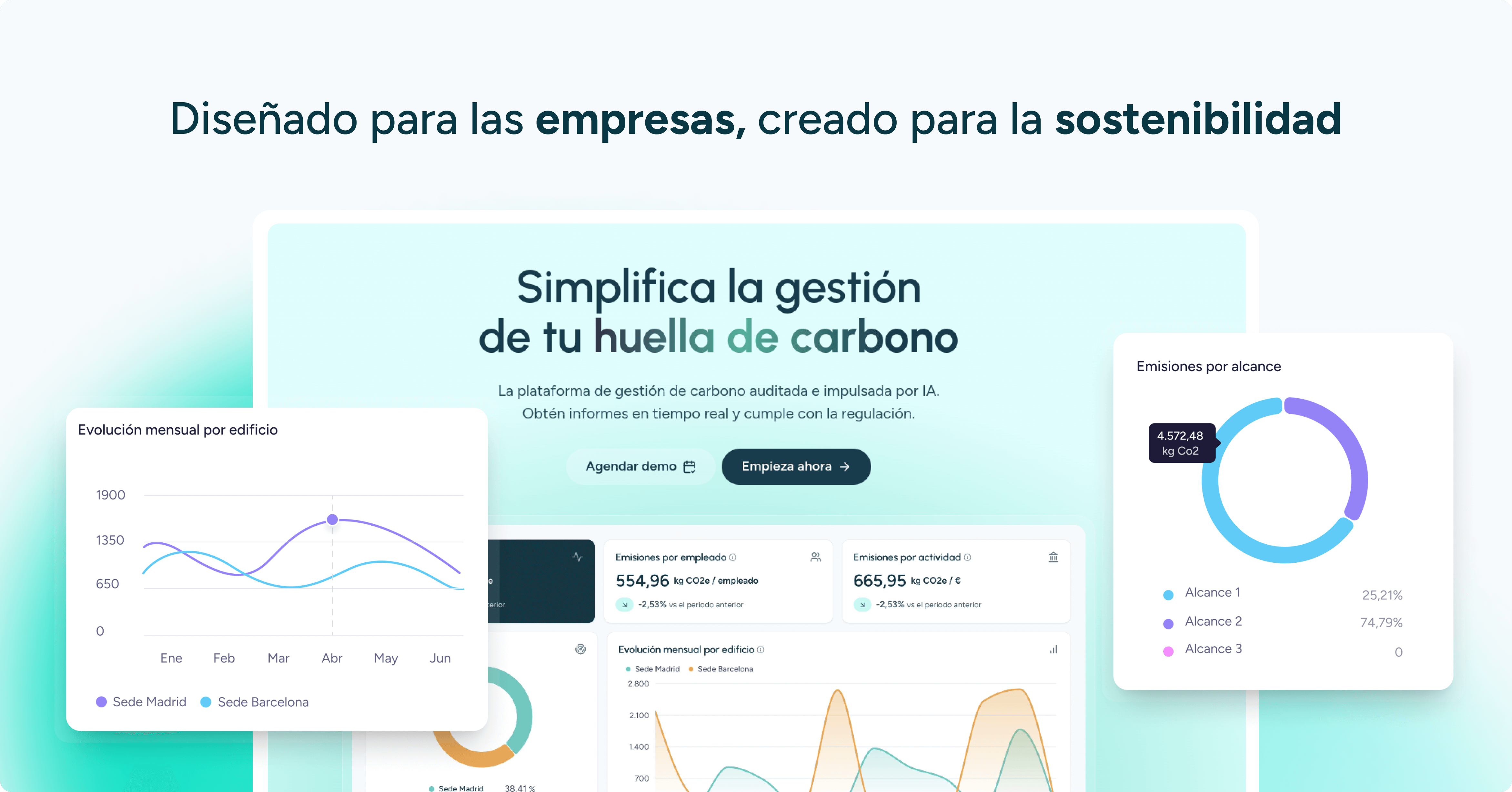Back to the blog
What is the Water Footprint and How does it Impact the Environment?
Carolina Skarupa
Product Carbon Footprint Analyst
The water footprint is a concept that has gained relevance in recent years due to growing concerns about the unsustainable use of water in human activities. This indicator measures the volume of freshwater used to produce goods and services, helping us better understand the environmental impact associated with the consumption of this vital resource.
In this article, we explore what the water footprint is, its different types, and how its excessive use impacts the environment.
What is the Water Footprint?
The water footprint is a measure that calculates the total water used in all stages of a product's life, from production to consumption and disposal. This footprint not only considers the water used directly, such as in manufacturing processes, but also the water needed to grow materials, transport products, and process them.
The water footprint is classified into three main types:
- Blue water footprint: Surface or groundwater extracted and not returned to the same body.
- Green water footprint: Rainwater stored in soil and evaporated during plant growth.
- Grey water footprint: The volume of water required to dilute pollutants to meet quality standards.
To better understand how these types of water footprints impact the environment, it's important to delve into each of them.
Why is the Water Footprint important?
A high water footprint depletes water sources, degrades ecosystems, and exposes companies to sanctions and market blockages. A deterministic example: one kilogram of beef requires 15,400 liters of water, while one kilogram of legumes requires 4,300 liters.
Quantifiable effects
- Loss of biodiversity: Reduction of up to 75% of aquatic species in overexploited basins.
- Social impact: Rural communities may spend 20% of their income on bottled water when wells dry up.
- Business cost: Interruptions due to water stress add up to USD 301 million annually for the global textile industry (average 2020–2024).
The impact of the Water Footprint on the Environment
The impact of the water footprint is significant, especially when there is excessive or inefficient use of water. As global water demand grows due to population increase and industrialization, managing this resource sustainably becomes more challenging.
One of the most severe impacts of a high water footprint is the destruction of aquatic ecosystems. Rivers, lakes, and aquifers can be depleted or polluted by excessive water extraction. This affects not only aquatic species but also human communities that depend on water for consumption and agricultural development.
If you want to learn how to calculate and assess the environmental impact of products, we invite you to read more in our article: Life Cycle Assessment (LCA): How to Evaluate the Environmental Impact of a Product.
How is the Water Footprint measured?
To measure the water footprint, the ISO 14046:2014 standard or the Water Footprint Assessment (WFA) methodology is applied in four steps:
- Scope: Define system boundaries.
- Accounting: Quantify Blue, Green, and Grey Water Footprints (m³).
- Impact assessment: Transform volumes into scarcity and pollution indicators.
- Response: Design and implement reduction strategies.
The importance of measuring the Water Footprint
Measuring the water footprint of products and activities allows us to identify areas where water consumption can be reduced. It's a crucial measure in a world where freshwater is becoming an increasingly scarce resource.
Calculating the water footprint involves analyzing the different stages of a product's life cycle. For example, in the textile industry, large amounts of water are used to grow cotton, dye fabrics, and process them. Reducing the water footprint in this industry involves seeking alternatives that use less water at all production stages.
For companies, measuring the water footprint can lead to implementing strategies to optimize water use and improve the efficiency of production processes.
Why is the Water Footprint important in the context of sustainability?
Sustainability not only refers to reducing the carbon footprint but also to the responsible use of other natural resources, such as water. Adopting a sustainable approach to water management is essential to ensure that future generations have access to this vital resource.
In agriculture, for example, efficient water use can have a direct impact on food production and environmental health.
If you want to learn more about how the water footprint affects agriculture and how to optimize its use in crops, we invite you to consult our article: Water Footprint in Agriculture: The Impact of Water Use on Crops.
How to Reduce the Water Footprint?
There are various strategies to reduce the water footprint at both the personal and business levels.
Some of the most effective practices include:
- Efficient water use: adopting technologies that reduce water consumption in production processes.
- Water recycling: implementing systems that allow water to be reused in different stages of production.
- Improvement of agricultural processes: choosing more efficient irrigation techniques and crops that require less water.
For companies:
- Operational: optimize pressures in CIP cleaning circuits.
- Technological: ultrafiltration and reverse osmosis systems.
- Supply chain: contracts with “water-positive” suppliers.
- Product: eco-design with materials that require low water demand.
- Compensation: aquifer recharge projects (MAR).
If you want to delve deeper into the topic, you can read our article: How to Measure the Water Footprint in Companies.
The Water Footprint, a Key Indicator of Water Consumption
The water footprint is a crucial indicator for understanding the environmental impact of water use. Measuring and managing the water footprint reduces costs, decreases risks, and improves reputation. With standard tools and proven strategies, any organization can cut its water footprint by up to 60% in three years.
The time to act is now: the water we save today ensures tomorrow’s competitiveness and resilience.
FAQs about the Water Footprint
What is the difference between water footprint and water consumption?
Consumption only measures the directly extracted volume, while the water footprint also includes related pollution and indirect water use throughout the value chain.
Can water footprint reduction be certified?
Yes. Certifiers such as SGS and Bureau Veritas offer verifications under ISO 14046.
Which sectors have the largest water footprint?
Agriculture (70% of global use), textiles, food, and open-pit mining.
How does climate change affect the water footprint?
It intensifies rainfall variability and increases the green water footprint in rain-fed crops.
Are there tax incentives for reducing it?
Some countries (e.g., Spain, Circular Economy Law 1/2023) grant corporate tax deductions of 5%-15%.
Carolina Skarupa
Product Carbon Footprint Analyst
About the author
Graduated in Industrial Engineering and Management from the Karlsruhe Institute of Technology, with a master’s degree in Environmental Management and Conservation from the University of Cádiz. I'm a Product Carbon Footprint Analyst at Manglai, advising clients on measuring their carbon footprint. I specialize in developing programs aimed at the Sustainable Development Goals for companies. My commitment to environmental preservation is key to the implementation of action plans within the corporate sector.
Content
Companies that already trust manglai














Technologies for Optimizing the Water Footprint in the Textile and Agri-Food Industries
Discover how digitalization, water reuse, and artificial intelligence are transforming water management in the textile and agri-food sectors
29 October, 2025
Strategies to Reduce the Water Footprint of Companies
Learn techniques and tools to minimize water impact in processes and products.
03 September, 2025
Corporate Water Responsibility: Key Strategies for Water Management in Companies
Learn how companies can adopt responsible practices in water use and management.
01 September, 2025
Guiding businesses towards net-zero emissions through AI-driven solutions.
© 2025 Manglai. All rights reserved
Política de Privacidad


